After 43 Years, My Parents Finally Have Lead-Free Water
In Chicago, an environmental justice advocate recounts what it took to get the lead pipes dug up in her childhood home.
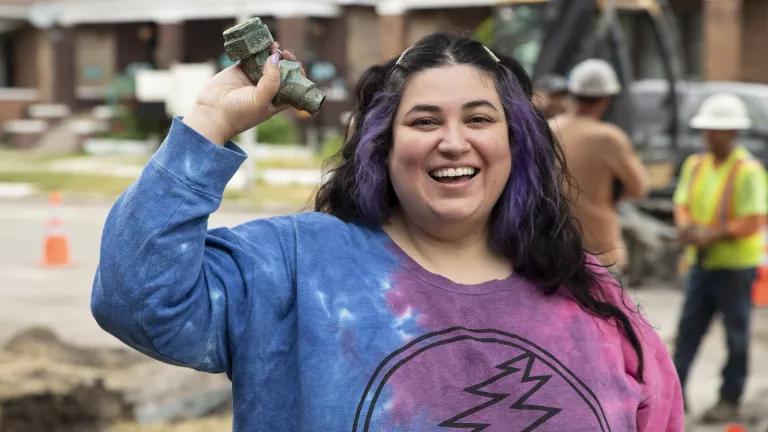
Gina Ramirez, NRDC’s multi-sector regional lead for the Midwest, celebrates the removal of lead pipes at her parents’ home in Chicago’s Southeast Side, where she grew up.
Vanessa Bly Photography
“Don’t drink the water from the tap. I don’t want you to get sick.”
It was a warning I heard often from my dad while growing up in Chicago. Before learning to ride a bike or tie my shoes, I learned never to trust my tap water.
I’ve always been proud to live in a part of the country known as “the fresh coast,” due to our proximity to the Great Lakes. I grew up relaxing at the beautiful beaches on the South Side and walking along Lake Michigan. I felt lucky to have access to an amazing body of water, which also served as our water source. But at a very young age, reality burst my bubble.
My parents’ house is more than 100 years old, and while my folks appreciated its charms, like the solid brick construction and cozy front porch, they never trusted our lead pipe system. Though we knew our water went through a purification process before making it to our tap, we also knew that lead could leach into our drinking water along the way. And we understood the risks: Lead exposure can cause irreparable damage, especially to the growing minds of children.
So from the time I turned five, bottled water became the norm. Whether they were making coffee in the morning or caldo (a Mexican soup of meat and vegetables simmered in broth) for lunch, my parents avoided the tap.
And we weren’t alone. Throughout elementary, middle, and high school, many of my Southeast Side neighbors brought bottled water to class. On any given trip to the grocery store, almost every person I passed had a cart with cases of water. It was the way things were, so we grew accustomed to it.
Even so, it felt unfair to watch my parents spend their hard-earned money on something that should be a basic human right. They were paying twice for water, once in their water bill for tap water they couldn’t trust and again for bottled water. Not much has changed for my son’s generation, either. Coming into my own home’s basement from the water main in the street, we have a partial lead service line. It’s the result of the local water utility replacing only the public portion of the service line that runs to our curb, then reconnecting it to the house’s old lead pipes—a fake solution that doesn’t address the root of the problem.
The city of Chicago is well aware that cases like mine are not unique. More than 400,000 lead pipes remain in the ground here—the most of any city in the country. The fact that Chicago required lead pipes to be used to supply our water up until they were federally banned in 1986 is partly to blame. And yet instead of delivering a real fix, local officials have spent crucial resources on a PR campaign to promote the city’s drinking water. The lack of political will to get this work done is infuriating.
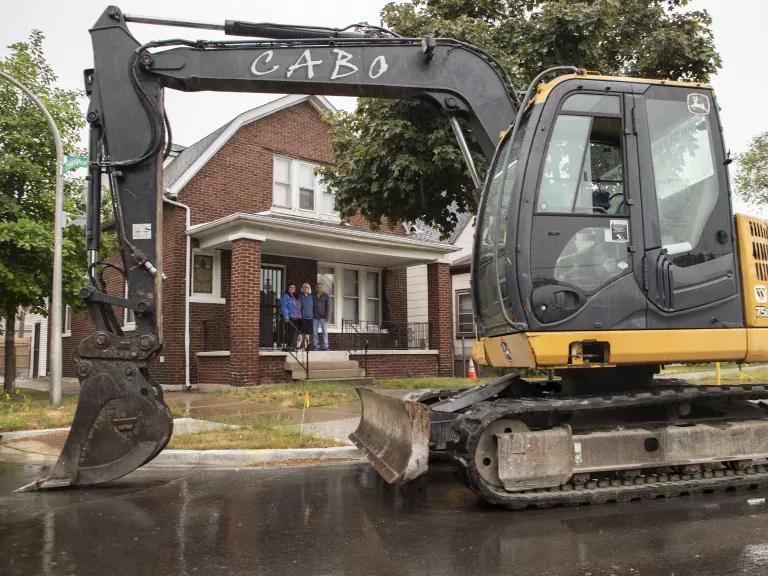
Ramirez and her parents watch an excavator in front of their home, preparing to remove the toxic lead pipes that had been used to supply their water.
Vanessa Bly Photography
A turning point
But this summer, some relief finally came to us. After two years of jumping through hoops to qualify for the city’s Equity Lead Service Line Replacement Program—and 43 years of living in their home—my parents became two of the few Chicagoans to have their lead pipes replaced.
Chicago’s Equity Lead Service Line Replacement Program offers free service line replacements at no cost to low-income residents. It felt like the program was handcrafted for my mother, who is retired and disabled. But the city didn’t make it easy for her to qualify. She had to obtain a deed to her house. She had to dig up copies of her utility bills. Because she noted in the application that her daughter (my sister, Giuliana) and 13-year-old grandson currently live in their home, too, she was even asked to procure a report card from my nephew’s school. (I wrote about the whole arduous process in my blog last year. And after my parents’ pipes were replaced, the New York Times talked to my sister and me about the experience.) But my mother persevered—and even cracked a joke about whether the city would ask her to mail in her underwear next.
Finally, the day we had been waiting for arrived. My husband and I took the day off from work to watch the construction workers remove the lead pipes that had tainted my family’s lives for as long as I can remember. Standing on the front porch, overlooking the excavator digging a trench into the front lawn and beneath the road, then getting a chance to see the pipes come up—and even hold one in my hand—I knew that we were starting a new chapter of our family history. These pipes had no more power over us. I’m thankful that my nephew will grow up viewing his water differently than his mom and I did.
So many families are still waiting
My hope is that every Chicagoan gets to experience this feeling. News reports like the ABC documentary Our America: Trouble on Tap reveal how vast the problem is and how slow my city and others have been to wake up to the problem. They highlight how low-income communities of color are hit hardest: In Chicago, a Guardian investigation found that of the top 10 zip codes with the largest percentages of high lead levels, nine are neighborhoods with majorities of Black and Latine residents. And they depict how glacially slow our government has been to address the issue. Despite the city’s promises to replace lead service lines and the U.S. Environmental Protection Agency allocating more than $300 million to fix drinking water infrastructure in Illinois, little progress has been made.
For families who want action now and don’t qualify for the Equity Lead Service Line Replacement Program (only 1,100 Chicagoans do so far), they can choose to shell out an estimated $20,000 to replace a lead service line. Most people don’t have that. And those who do qualify can expect a long wait: The city only replaces service lines one house at a time through this program. We’ve seen other cities like Newark, New Jersey, remove up to 120 lead lines per day.
It doesn’t have to be this way. All Chicagoans would benefit if the city adopted legislation that allowed lead service lines to be replaced on a block-by-block basis, prioritized public education on the risks associated with lead exposure, and engaged residents to develop a plan that addresses each neighborhood’s unique issues.
As excited as I am for my parents, I don’t want their story to be as rare as it is. I want every Chicagoan to drink, bathe, and cook with no fear of their water.
This NRDC.org story is available for online republication by news media outlets or nonprofits under these conditions: The writer(s) must be credited with a byline; you must note prominently that the story was originally published by NRDC.org and link to the original; the story cannot be edited (beyond simple things such as grammar); you can’t resell the story in any form or grant republishing rights to other outlets; you can’t republish our material wholesale or automatically—you need to select stories individually; you can’t republish the photos or graphics on our site without specific permission; you should drop us a note to let us know when you’ve used one of our stories.
Millions of Americans drink tap water served by toxic lead pipes.
Tell the EPA we need safe drinking water!
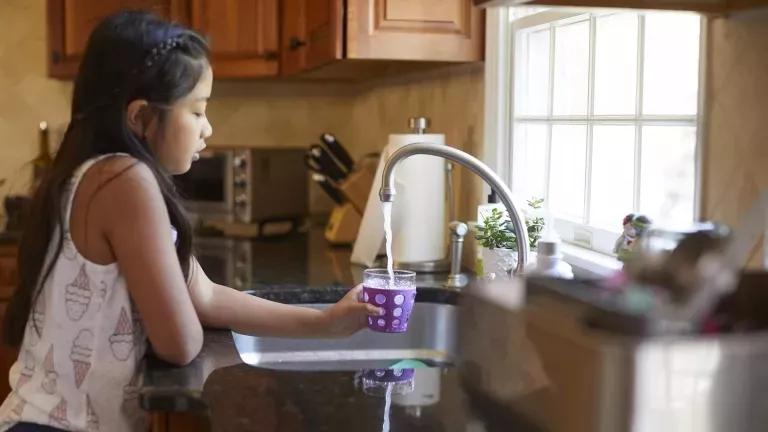
Tell the EPA we need safe drinking water!
There is no safe level of lead exposure. But millions of old lead pipes contaminate drinking water in homes in every state across the country. We need the EPA to do its part to replace lead pipes equitably and quickly.

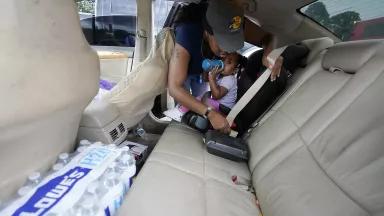
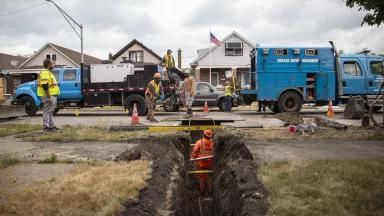
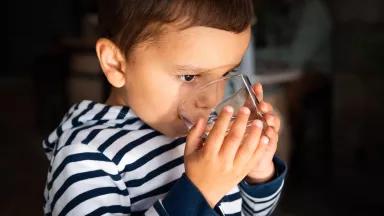
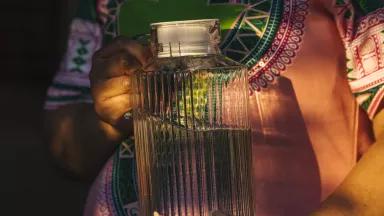

In Chicago, Safe Water Is Still No Guarantee
The Fight for Safe Drinking Water Doesn’t Start at the Top
Reflections of a Chicago Community Organizer: Water Justice and the Need to Act Now
In Chicago, Safe Water Is Still No Guarantee
The Fight for Safe Drinking Water Doesn’t Start at the Top
Reflections of a Chicago Community Organizer: Water Justice and the Need to Act Now
In Chicago, Safe Water Is Still No Guarantee
The Fight for Safe Drinking Water Doesn’t Start at the Top
Reflections of a Chicago Community Organizer: Water Justice and the Need to Act Now
In Chicago, Safe Water Is Still No Guarantee
The Fight for Safe Drinking Water Doesn’t Start at the Top